If there’s one thing that can spark a discussion amongst mountain bikers, it’s pressure for mountain bike tires. Depending on who you ask, some are incredibly scientific with it. Others just make sure they aren’t riding on rims. Are we the experts? Absolutely not. Rather, this is a download from our long chats over cold frosty pints with friends, shop owners, and mountain bike coaches on what we’ve heard.
Don’t Listen To Recommended
This is one of the weirdest things in the cycling industry. There’s one thing everyone I spoke to agrees upon. It’s that what’s written on a sidewall is total malarky. No matter what you’re doing, running them lower is a good idea. So, why would you write down a recommended tire pressure that doesn’t jive with most experienced riders?
Why?
Tire technology has come a LONG way since the dawn of going off road. The rubber compounds evolved. The idea of fortifying a sidewall like a truck tire has become a reality. Even the concept of tire inserts has made it easier to run them very low. This is all about performance on the trail to help you ride better, faster, and with less energy.
Key Factors in Tire Pressure Selection
After all these long discussions about pressure for mountain bike tires, the other thing that’s bubbled to the surface is it’s 100% about you. All things considered, here are some factors to think about to help you figure out what is the right tire pressure for you.
Weight
Up first, let’s talk about the “elephant” in the room… you! Like setting up your suspension on a truck to tow a heavy RV, the same can be applied to a mountain bike tire. The heavier you are, the more you should increase the PSI.
Riding Style
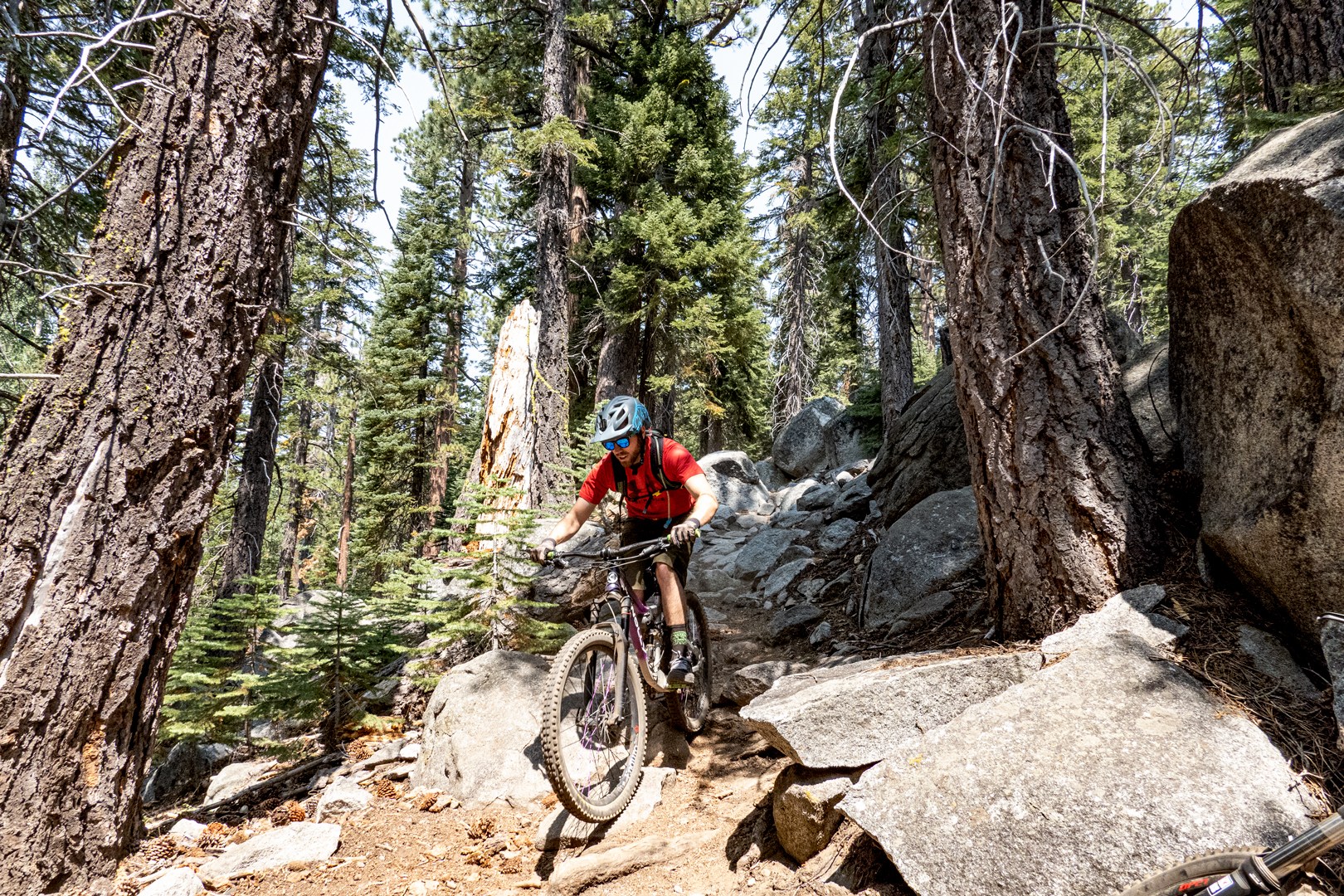
Are you the type of person that points it and yells, “Let ‘er rip tater chip!” When you’re doing mach ten down a mountain, you’re going to be hitting obstacles at a much harder clip. The more aggressive you ride, you should lean towards higher tire pressures. On the other side of the spectrum, if you’re like a surgeon through rock gardens and light on your feet like a cat, then you can afford to run a low tire pressure.
What You Sittin’ On

If you’re like Alice and dive into the rabbit hole of mountain bike tires, you’ll realize not all tires are the same. In fact, not all rims are the same either. Having an understanding of what you’re packin’ will help determine what you can do with it.
Casing
The first component to keep your eye on is the tire casing. There are certain models built “enduro” tough. Models such as the Maxxis Double Down models have a double casing. You may sacrifice a bit in weight but gain so much more on protection. This also means you can ride a MUCH lower tire pressure.
Rims
Yet another newer technology that has come into the mountain biking scene is the width of the tire rim. Back in the nineties, most companies were only making a 19mm wide variation. Since the mid-2000’s, the common internal average has now ballooned to a 30-35mm width with a vast assortment of rim widths to pick from. This is all thanks in part to tubeless technology. These wider variations allow you to run a lower tire pressure too.
Tubeless
Speaking about tubeless, this is another important piece of data you should include in your calculation for finding the perfect tire pressure for mountain bike tires. When you have a tube inside of a tire, you have to worry about what’s nicknamed the “snakebite.” This is when the tube gets pinched between an obstacle and a rim. When you go tubeless, you don’t have to worry as much about that allowing you to run a much lower tire pressure.
Inserts
Just when you thought it couldn’t get any softer… out comes another piece of innovation – the tire insert. This is a great accessory for those that get after it so aggressively that popping tubeless tires is a regular occurrence. The idea came from off-road motorcycling where they actually use an inner tube made of foam to eliminate flat tires. Instead of full foam, mountain bikers have split the difference providing them the best of both worlds. It stays light-ish but at the same time protects the rim. This then allows you to ride a MUCH lower tire pressure even if you are aggressive.
Trail Selection
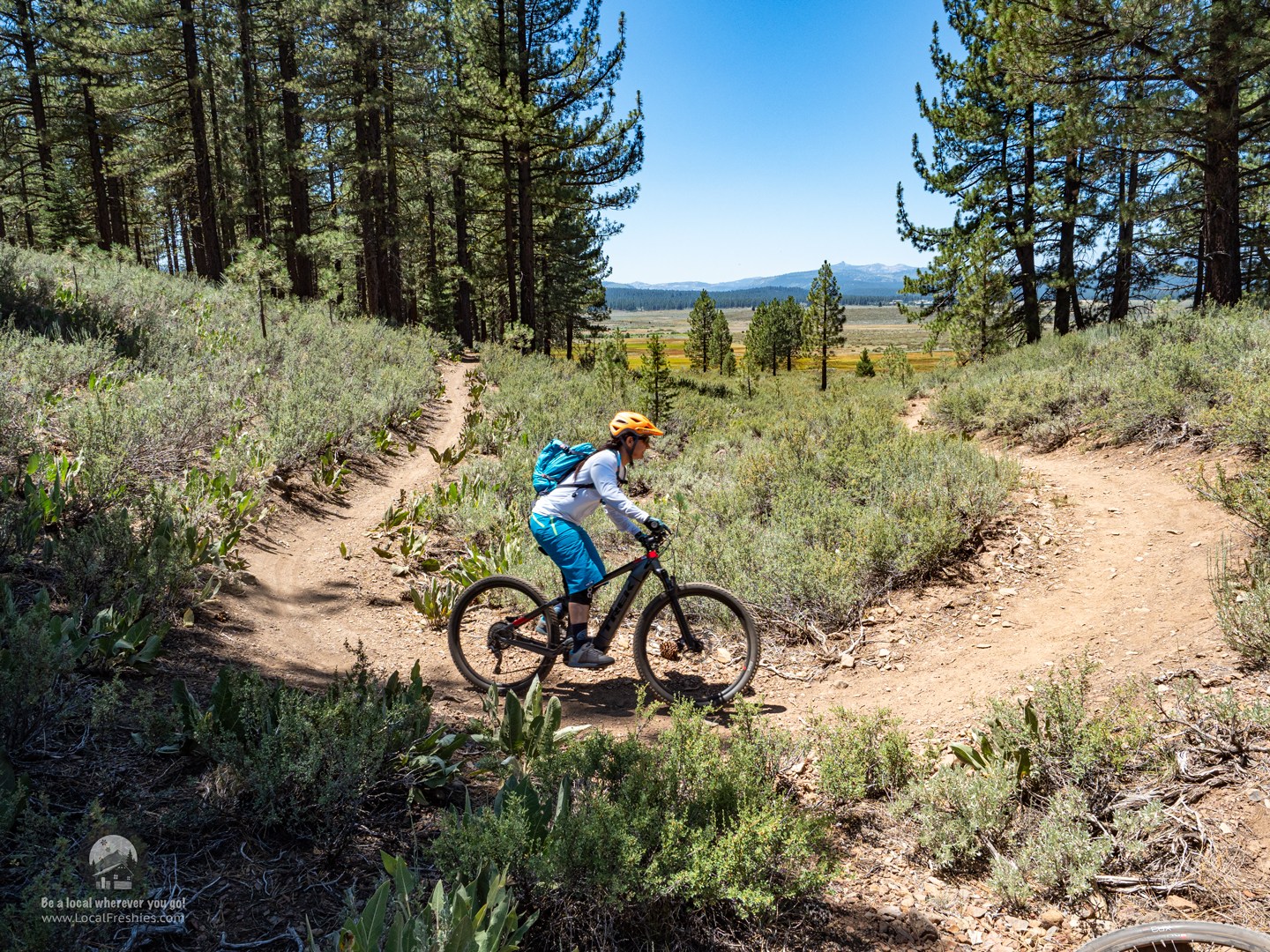
Outside of the equipment you’re running, it’s a good idea to have a basic understanding of the type of terrain you’ll be riding that day. A long XC trail of tacky dirt filled with only a few minor obstacles would allow you to run a bit of a higher tire pressure. While an Enduro outing featuring a bit of everything from rowdy downhill to some flowy single track, you’d want to lower the tire pressure for mountain bike tires. Lastly, if it’s going to be 100% downhill shuttle shredding, an even lower PSI is a good idea.
Choosing Mountain Bike Tire Pressure: Front to Rear
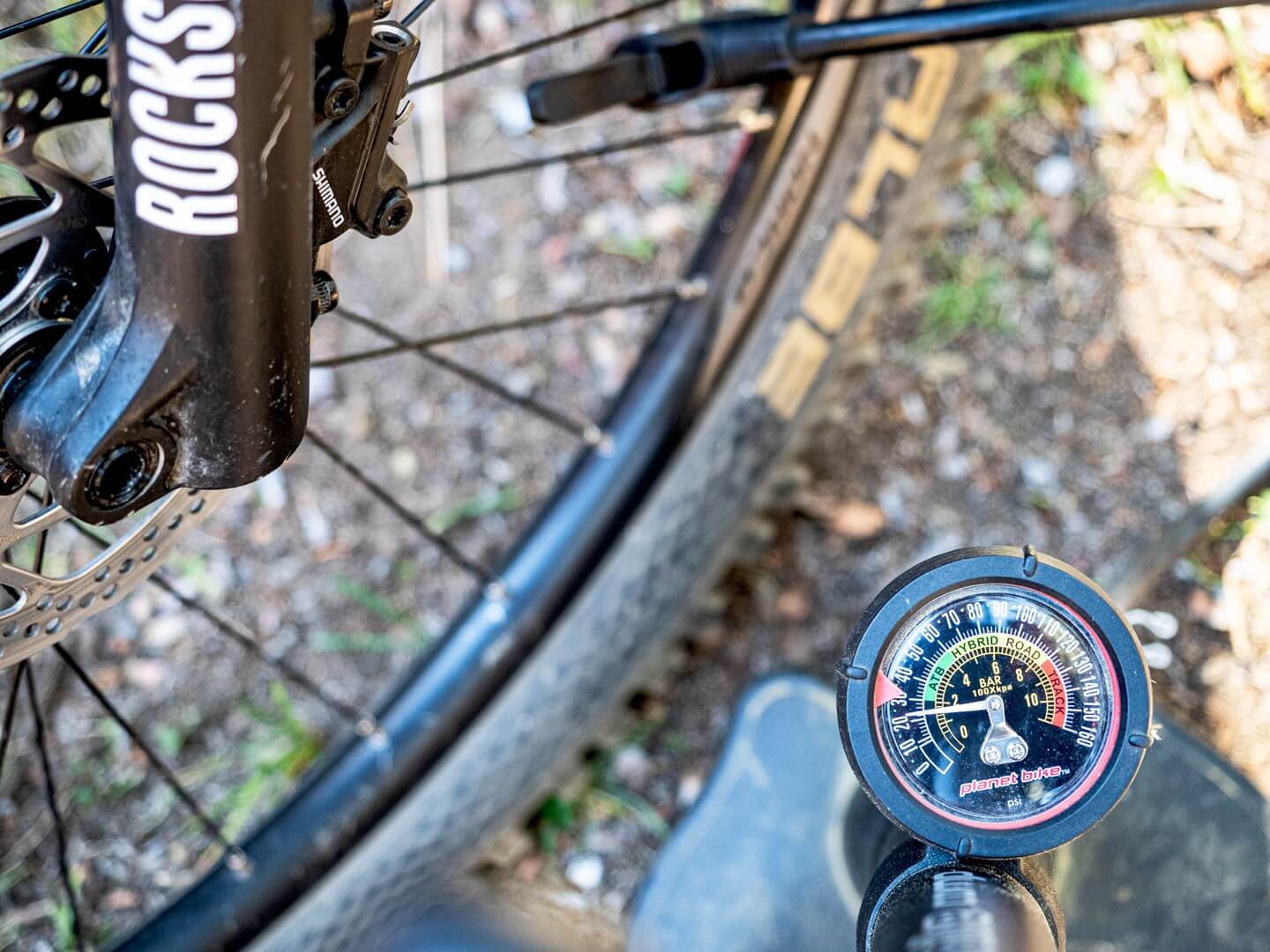
Gettin’ Too Low
So you wanna run ‘em lean and soft. There is such a thing as too low even if you’re running tubeless. At a minimum you want to make sure that the tire has enough air in them to protect the rims. Dinging a rim on a rock, stump, or other obstacle can be costly.
So High I Can Touch The Sky
It’s true that having enough air to support the tire is a good idea. You also don’t want them as hard as a bouncer to a prestigious night club. When they’re too firm, you’ll lose traction and make the trail feel like you’re on a slip and slide. If you’re going to err in one direction, it’s better to go with less instead of more.
Difference Between Front & Rear
There are only two pieces of equipment that connect you to the earth. The front tire and the rear. On average, a bike distributes approximately 60% of your body weight to the back and 40% to the front. And each one has different priorities so things like tread pattern, compound, and even air pressure for mountain bike tires come into play.
Business In The Front
The front tire is focused on traction and giving you control in turns. They normally have a more aggressive tread pattern and are a bit wider. This is where you’ll absorb the big hits against rocks, sticks, or anything else you come upon. Most riders run about 3 PSI lighter in the front compared to the rear.
Party In The Back
The rear is where the power comes into play. It’s connected to your drivetrain and thus your legs. You generate forward momentum from here and need to be less worried about traction. Rather, you want enough traction to get you up a trail but not too much to the point that it reduces rolling resistance. If you want to learn more about widths, traction patterns, and the best models on the market, be sure to read our article: Wheels On the Bike Go Round & Round – The Best Mountain Bike Tires.
What the Pros Run: Mountain Bike Tire Pressures
Even with all this information at your fingertips, it comes down to personal preference. To help showcase just how true this statement is, we asked a few of our seriously fanatic pedal pushers out there to give us an idea of what they’re rockin’.
Ken Raspen
Co-Owner Of Shoreline of Tahoe – Lake Tahoe
Weight: 150 lbs
Bike: Trek Rail
Front: 25 PSI ; Rear: 26-27 PSI
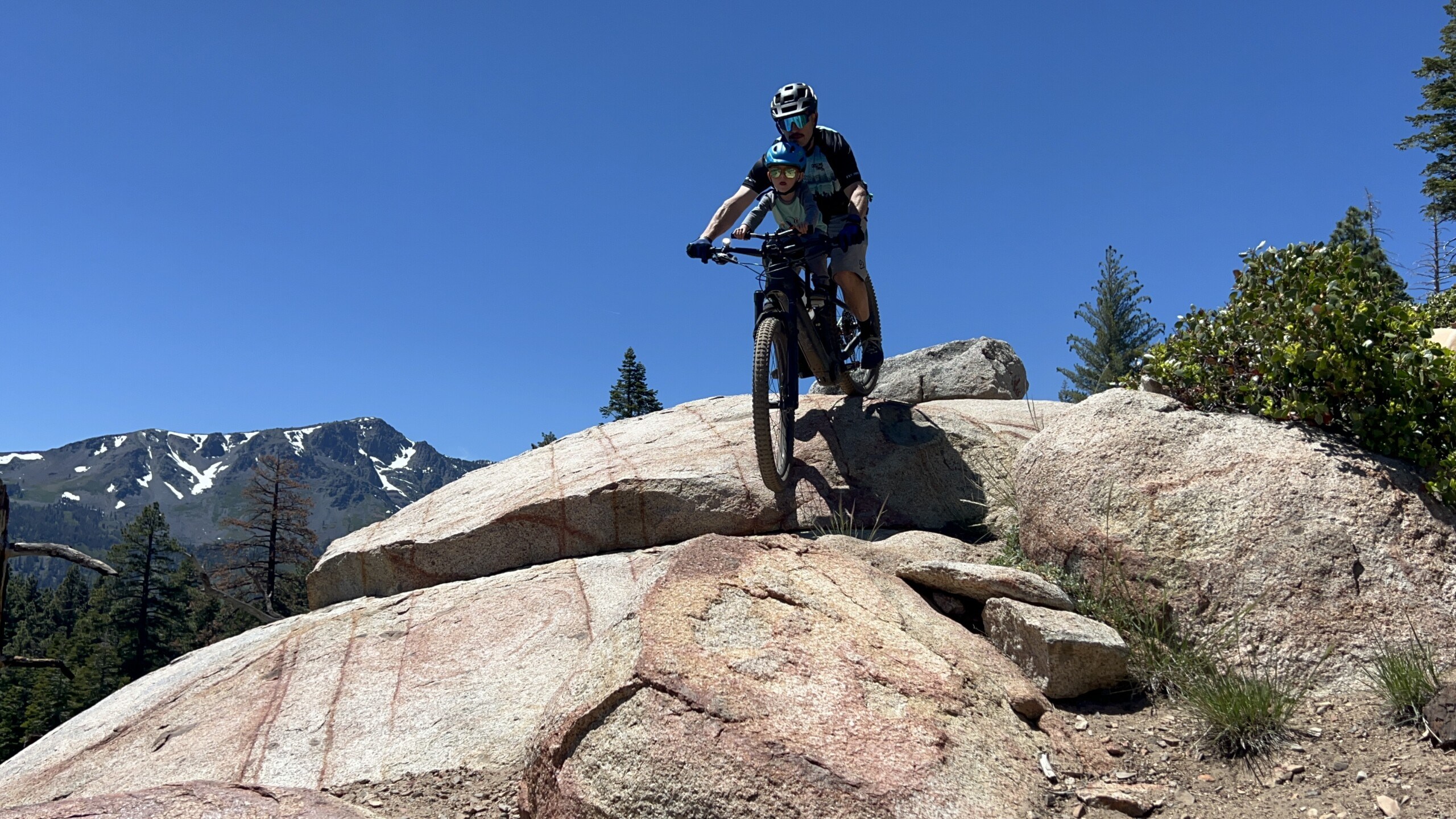
Tire pressure is critical. It can have an enormous effect on ride quality. Running too soft of pressure can create vague handling and increase the likelihood of puncturing/cutting your tire. Too much air will detract from traction levels but provide a little bit more protection against rim and tire damage.
For riding in Tahoe, I run my 29 x 2.5 tires reasonably firm. Approximately, 25 PSI in the front and 26-27 PSI in the rear. Lighter, more finesse riders have the luxury of running significantly less pressure. I prefer super rocky and rough trails, so it’s worth running a little extra air to avoid a puncture or cut.
Brian Kelly
South Shore Local – Lake Tahoe
Weight: 165 lbs
Bike: Santa Cruz Tallboy
Front: 18-21 PSI ; Rear: 20-23 PSI

Over the past two decades riding mountain bikes, the only thing about my current setup that is “less” than any of my previous rides is the tire pressures I regularly run. With the advent of wide rims on modern tubeless tires, it allows me to confidently run pressures around the 20psi mark with great performance and confidence.
For all around trail riding in the Tahoe area where dry and sandy conditions exist for most of the season, I tend to opt for around 18-21psi on my Maxxis Minion 2.5” front tire and between 20-23psi on my rear Maxxis Aggressor 2.5”. I’ll run on the lower end of the range if I’m not carrying much gear or if I’m planning a shorter or slower ride so that I can enjoy the grip and great feel the lower pressures afford. If I’m heading out for a big day or going somewhere with lots of sharp rocks like Downieville, I’ll pump things up to the higher end of the range to improve rolling efficiency and tire durability.
Mike Broderick
Co-Owner of Pedal Forward Bikes – Bass Lake
Weight: 178 lbs with pack
Bike: Ibis Ripmo
Front: 20 PSI ; Rear: 23 PSI
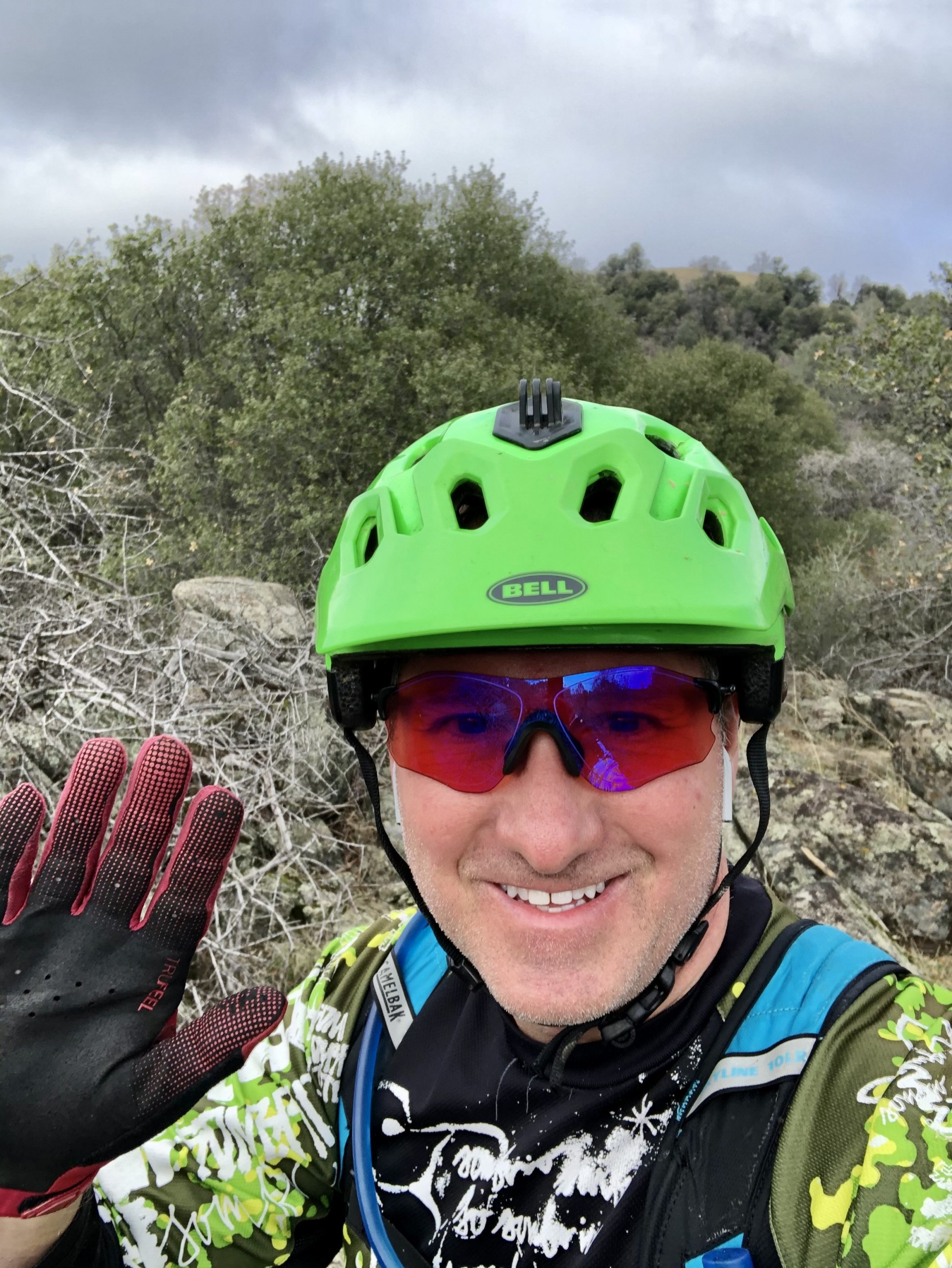
I’m riding the Ibis with a set of 35 mm carbon rims. Up front I run 2.6 MAXXIS Assegia and in the back a 2.4 MAXXIS Minion DHR II. The wider rims provide better sidewall support enabling me to use lower tire pressures. Lower tire pressure has two significant benefits. First, a larger tire contact patch improves traction. Secondly, it gives me greater efficiency on the trail due to reduced vertical displacement through most bumps. Setting the correct tire pressure takes patience and the willingness to test pressures on the same trail over and over. This then gives you the ability to dial in to what feels the best.
Tire pressure is a very personal thing impacted by how much you weigh, trail conditions, riding style/goals, the kind of bike your ride (geometry/suspension settings), and the tires you have mounted. For me, I’ve landed on 20 PSI upfront and 23 PSI in the back. This combination works great for me but might be way off for another rider. I run slightly higher pressure for a big climb and then lower to the 20 and 23 PSI for the descent. One thing I never forget to keep in my pack is my trusty tire pressure gauge!
Dylan Renn
Owner / Mountain Bike Coach at A Singletrack Mind – California
Weight: 180 lbs
Bike: Guerrilla Gravity The Smash
Front: 24 PSI ; Rear: 28 PSI

Based in Truckee but riding pretty much anywhere there’s dirt within a 600 mile radius, I need to make sure that my setup is flexible with anything that comes at me. I always set my front tire to be 4 psi lower than the back tire. Depending on the rim width I’m riding, the pressures are going to change. The wider my rims are the lower the PSI. The narrower, I’m going to nozzle up and run them higher. When the trail I’m riding that day is going to be rougher or has a ton of features like Mr. Toad’s, I’m going to run it higher as well. For average singletrack, I’ll go a little lower. On my normal days, I’m running 28 rear and 24 front and those rougher bucking bronco days 30 to 32 on the rear.
Jaime Pirozzi
Local Freshies® Co-Owner & The Gal Behind The Scenes
Weight: 140 lbs
Bike: Norco Fluid
Front: 24 PSI ; Rear: 28 PSI

It took some convincing to lower my tire pressure, but I finally did a few years back. My brain’s always told me that the more pressure in the tires, the less likely they’ll go flat from me hitting something and then I can go faster on the flats. But honestly, I don’t know why I thought that way about my bike when it’s never what I thought when I used to go 4-wheeling. We always lowered our tire pressure so we could climb better without spinning tires or damaging the trails, crawl over rocks smoothly with less bounce, and act lighter on our tires than we would be at road air pressure.
Since I carry a tiny hand pump, I had nothing to lose. So I first took the pressure back to 32 psi on the rear and 28 psi on the front. That was as much as I could take the first time around. I needed baby steps… my mind had been coded to high tire pressure my whole life. I rode for a whole season at that pressure with no flats or punctures, I tried another step down to 28 psi in the rear and 24 psi in the front. I’ve been there for a few seasons now and absolutely see a performance and control difference being closer to the ground and crawling over features instead of bouncing off them.
The terrain I mainly ride isn’t extreme 20 foot jumps or cliff drops so unless something goes terribly wrong, I don’t intentionally try to drop down hard on my tires. I like to climb. I like rocks in both directions and a few features to keep my mind sharp. But no full-face helmet riding here. With running tubeless now, I’m going to experiment a bit more and try 26 psi in the rear and 22 psi in the front. I’m thinking I’ll really like that on the downhill, but the question is will I be happy on the ascent.
Darryl Fuller
Director Of Outdoor Rec @ Rocky Mountain School – Colorado
Weight: 165 lbs
Bike: V3 Santa Cruz Tallboy
Front: 22 PSI ; Rear: 24 PSI
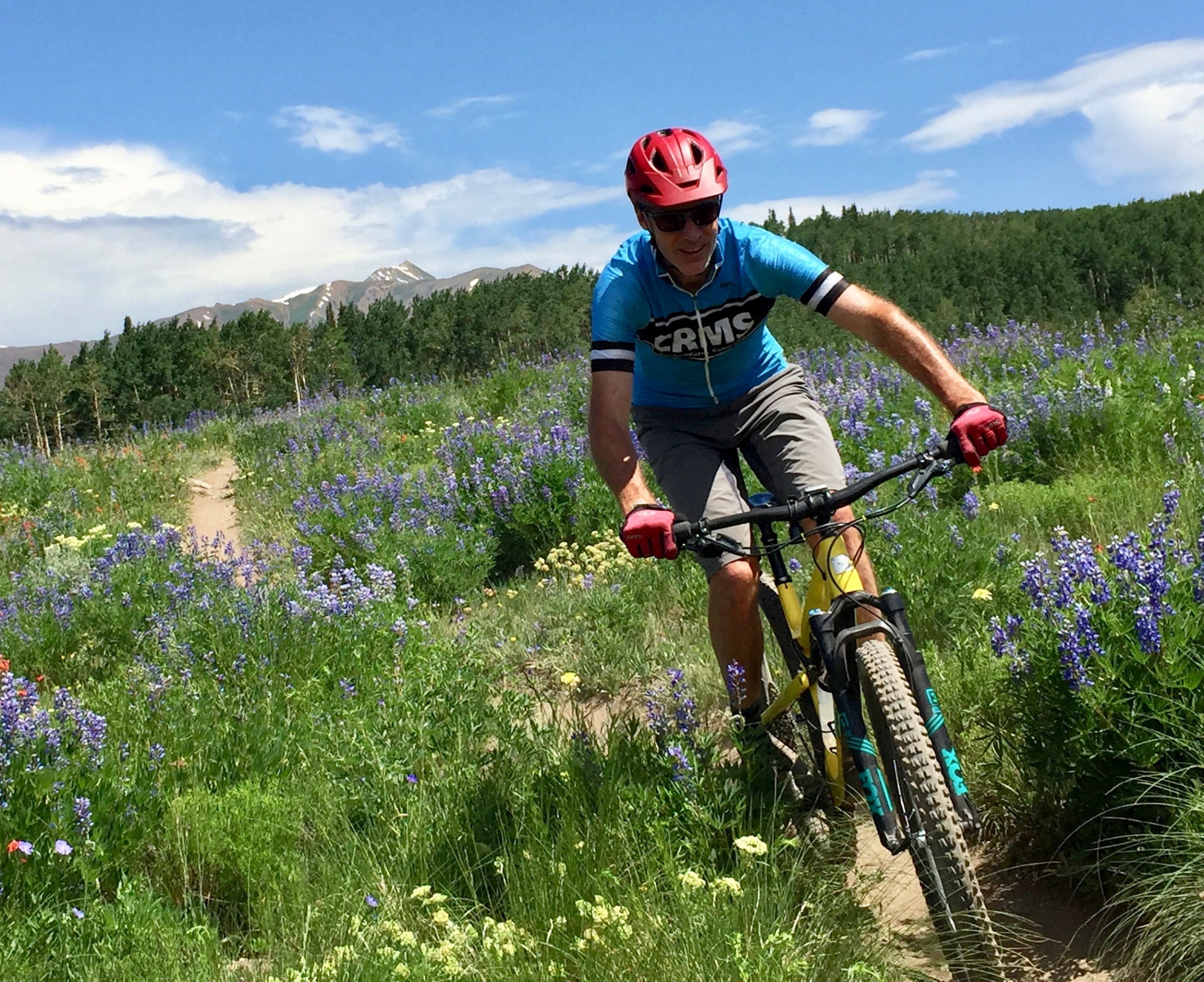
I’m pretty light on my bike, so running 24/22 is soft enough for me. It gives good traction on the XC riding I mostly do without dinging my rims or rolling my tire off. With that being said, when I’m riding in the desert (lots of square edged obstacles) or more gravity oriented riding, I typically add a few lbs. to the front and rear. I’m curious to try some tire inserts like Cush-core and run way lower pressure but not curious enough yet to buy them.
A Good Starting Point
Now that you’ve gotten the 5 W’s (who, what, where, when, & why) of determining the right bike tire pressure, let’s give you a good starting point. If you’re running a 27.5 inch tire with a tube, you’ll want to go a bit higher so that you reduce the chance of pinching it. A good place to begin is try running it around 31 psi in the back and 28 in the front. Got tubeless tires, then you can try 25 & 22 psi respectively. Last but not least, those that own a Plus bike, you can even go lower with 21 & 18 psi respectively. Simply put, the softer you can run ‘em, the better you’ll be when it comes to pressure for mountain bike tires.
Test, Test, And Test Some More
As Mike from Pedal Forward stated so well, find a given short trail that you can easily test and modify the pressures to find the perfect balance. Focus on picking a place that has a good sampling of the stuff you’ll be riding most of the time. Once you do, feel how the bike handles and ask these questions:
- Are you losing grip in the slippery corners?
- When pedaling uphill, do you feel that you’re exerting more effort? Are you slipping?
- Can you feel every bump, nook, and cranny?
If you answer “yes” to any of these questions, then lower the PSI a bit. Keep doing this over and over lowering the PSI by small increments. You’ll find a point that it’s too low and the tire becomes so soft that it rolls around like a greased pig. Like all good things in life, it’s about finding a balance. Too much chocolate and you get a stomachache, but just enough and you’re happy. We’d love to hear what tire pressures you ride. Have you experimented? Do you ride different PSIs depending on the terrain, dirt, or weather?








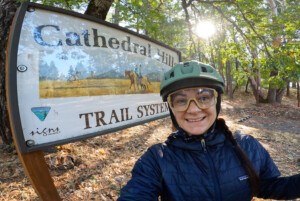


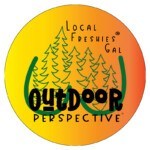
The lightest rider you interviewed weighs 50 lbs more than me. Not helpful. You couldn’t find one female rider to interview?
Hey Pam,
Good point! I’ll interview a few female riders in town. Thanks for calling that out. 🙂